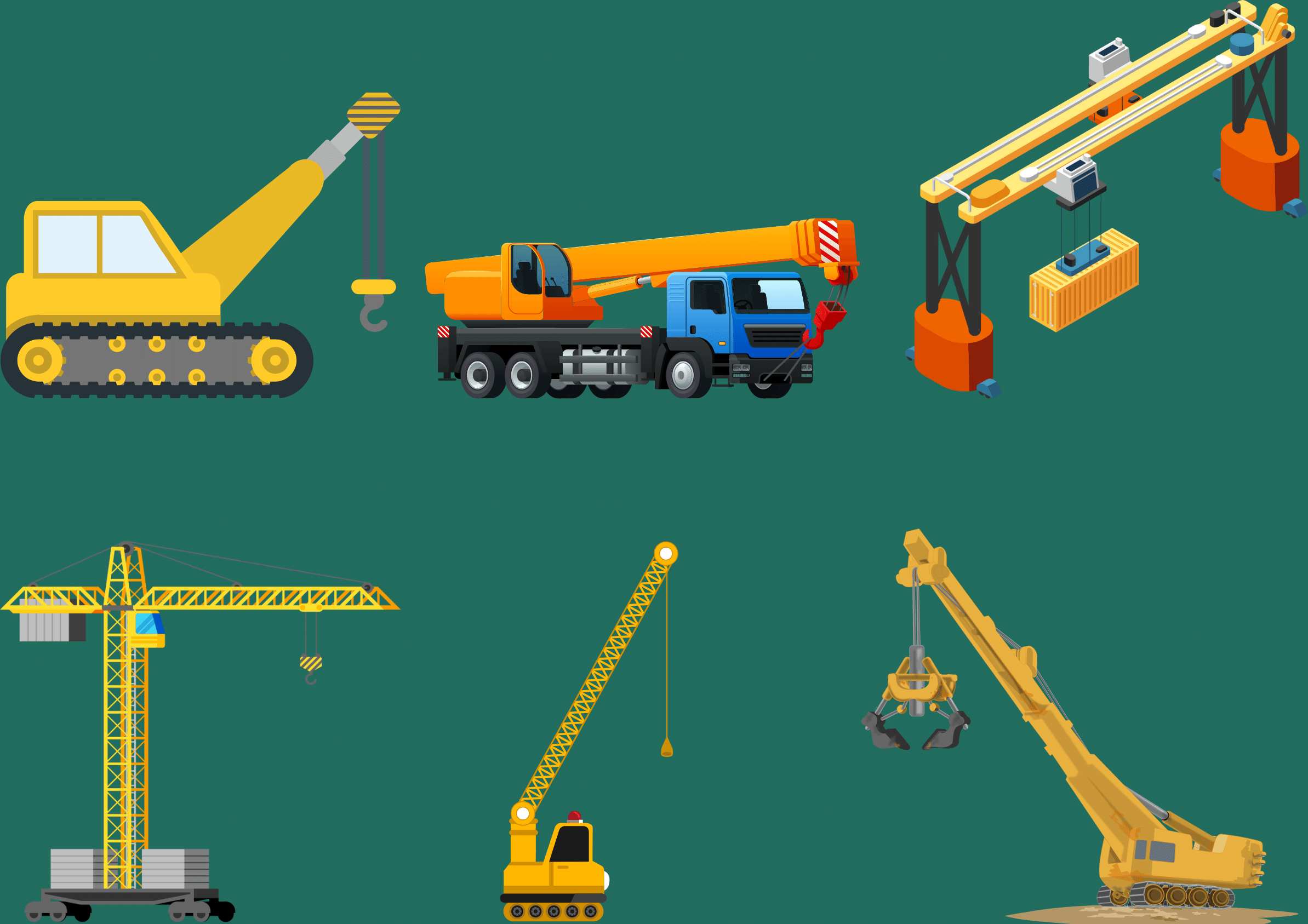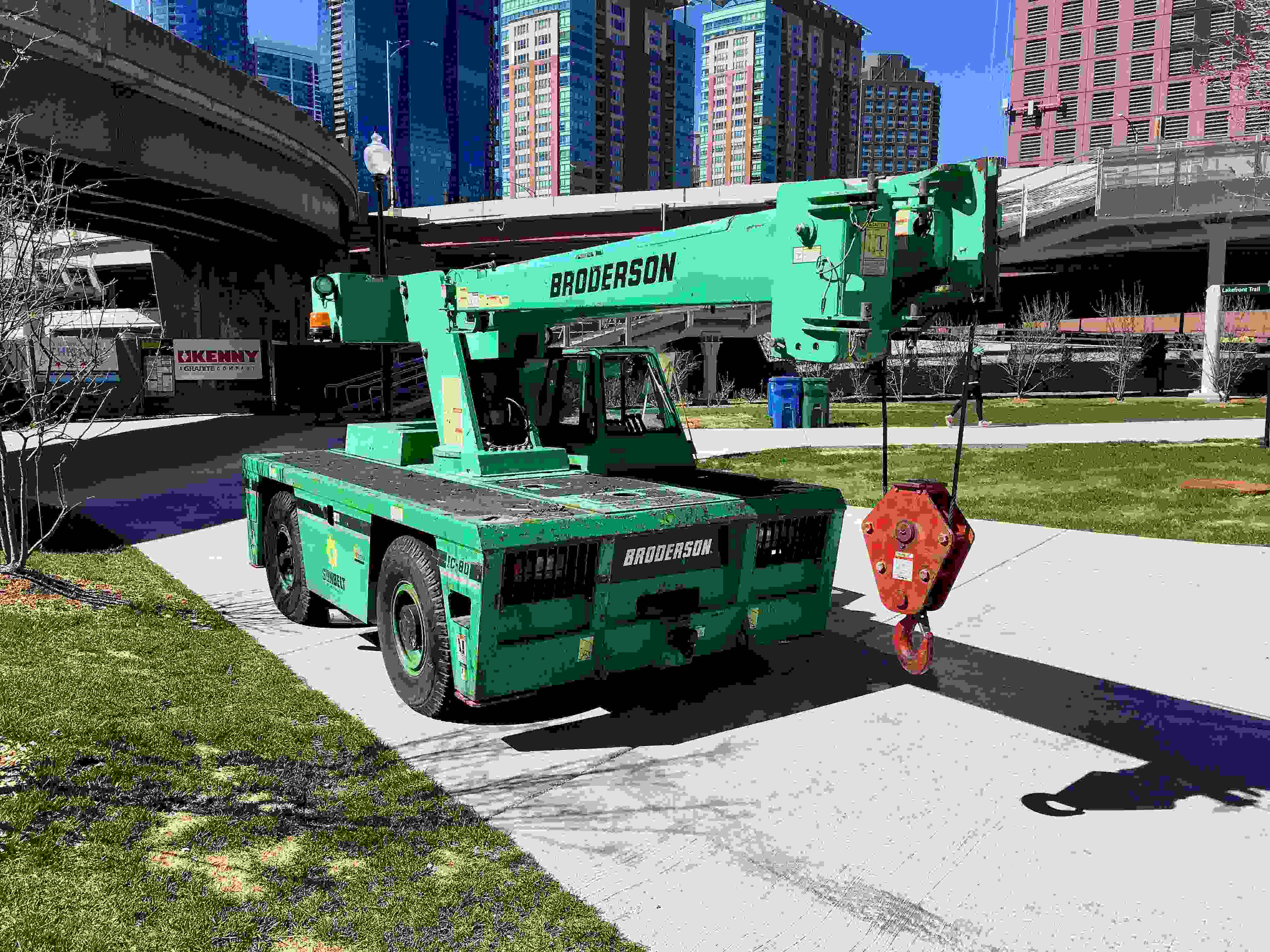
Clean Air Act: History, Standards & Safety
The Clean Air Act (CAA) is a federal law that regulates air emissions from both stationary (industrial) and mobile sources throughout...


Crane operator safety training deals with procedures and measures specific to the safety of individuals operating cranes and those working in the surroundings. Crane operations involve the use of heavy machinery for lifting, moving, and handling materials. However, it carries the potential risk of accidents if not operated with proper safety precautions. To prevent accidents and prioritize the safety of crane operators and workers nearby, workers need to receive proper training on crane operations. Taking the training not only protects operators, and workers but also the property in the surrounding areas.
There are several different risks associated with crane operations that can put workers and property at risk:

Falling Loads: The risk of loads and materials falling from the crane due to mechanical failure, improper securing, or error in the lifting process can lead to severe injuries, fatalities, and property damage.
Electrical hazards: Electrical hazards in crane operations involve the risk of shocks or fires from power lines and equipment issues. As per CFOI, 45% of mobile crane accidents happened due to contact with power sources. To alleviate these hazards operators must maintain distance from power lines, conduct regular inspections, and follow the safety protocols.
Overloading: This occurs when too much weight is placed on the crane, exceeding its designed capacity. This can result in crane instability and may lead to the risk of breakage of the slings and dropping of the load, potentially causing severe injuries. Around 80% of accidents reported were associated with this issue. It is important that inspections are performed regularly and the manufacturer’s capacity tags are followed.
Poor Visibility: Poor visibility poses a risk due to the limited sight for operators. Making it challenging to detect obstacles or hazards in the surrounding environment. Proper lighting and spotters should be provided to counter visibility issues.
Weather Conditions: Operating cranes in bad weather conditions can be hazardous. Factors like strong winds, rain, thunderstorms, or fog can affect crane stability and operator visibility. To make operations safer, check weather forecasts, and monitor weather conditions closely. In case of any extreme weather conditions, all operations should be called off.
Underground Damages: Working with cranes below the ground can be hazardous, as there’s a risk of hitting underground gas, water, and electric lines that could be harmful to the environment. Safeguarding against these risks requires proper site assessment and clear communication during crane operations. These can effectively avoid potential hazards for crane operators and those working near underground structures.
Before departing from the crane, the operator must complete the following tasks:

In the last 5 years employment rate in the construction industry has increased by 2.6 percent. There is clearly a growing demand for new structures and spaces, cranes are an integral part of any large-scale construction project and smooth crane operations are vital for work efficiency and meeting deadlines. Crane operators are responsible for safely lifting and moving heavy loads using cranes, which are large machines equipped with a hoist, wire ropes or chains, and sheaves. It is the responsibility of employers to make sure crane operators undergo safety training to ensure safe working conditions for all workers involved in the construction site.

The Clean Air Act (CAA) is a federal law that regulates air emissions from both stationary (industrial) and mobile sources throughout...

In 2023, private industry employers in the U.S. reported 2.6 million nonfatal workplace injuries and illnesses, down 8.4% from the previous...

The OSHA Training Institute (OTI) is the official training and education arm of the Occupational Safety and Health Administration (OSHA)...

The term “OSHA 40-Hour Certification” is one of the most common misconceptions in workplace safety training. Many...

Every year, thousands of workers are injured or lose their lives in workplace accidents. These incidents highlight...

Workplace safety is regulated at both the federal and state levels. In Virginia, the Virginia State Plan, also known as...